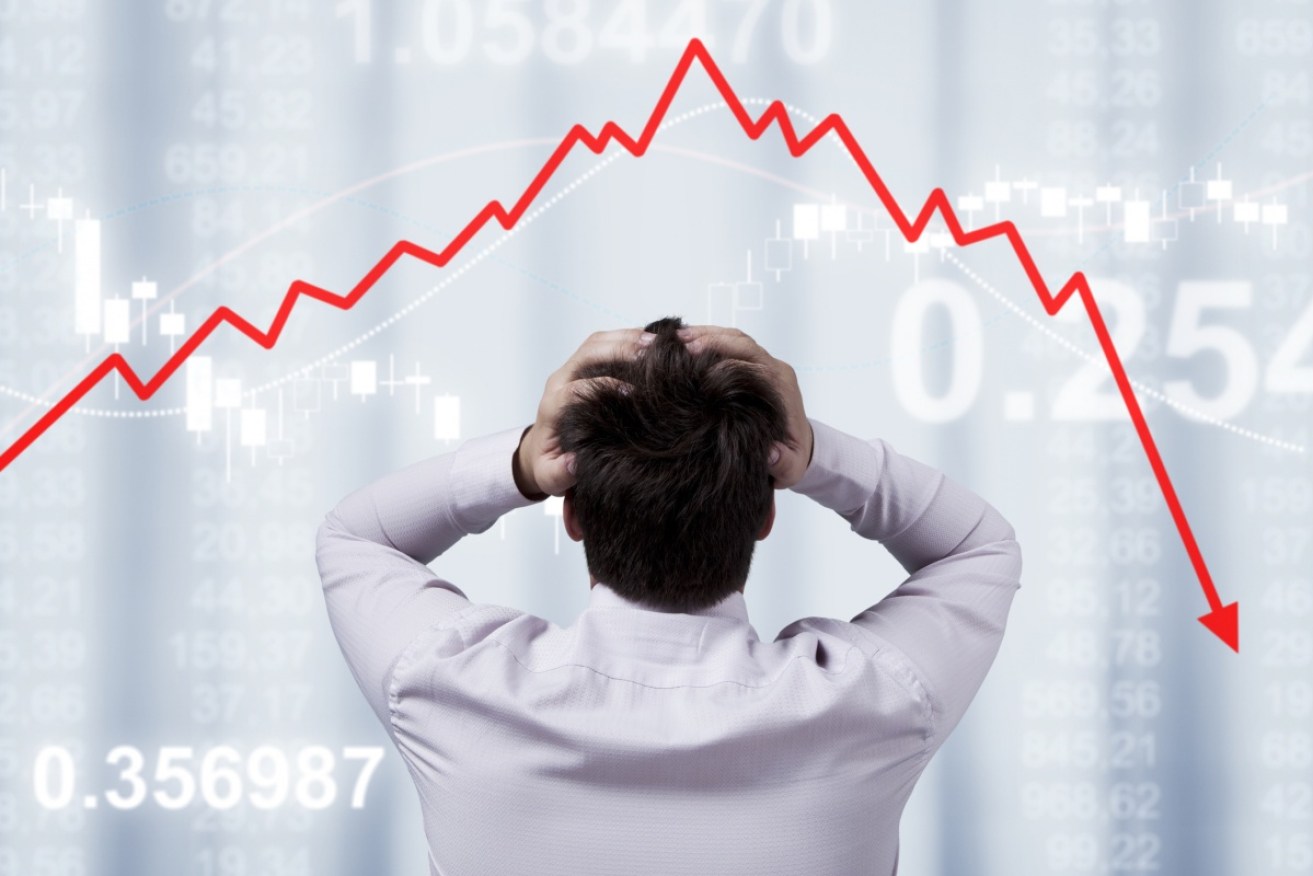Australians are good in a crisis. It’s prosperity we haven’t handled


All there is to show for six years of economic policy regression is a weak and weakening economy. Photo: Getty
There was a condescending line in an English publication last century alleging that Australians were good in a crisis. It’s success they can’t handle.
Looks like they were right.
Australia came through the 1997 Asian financial crisis, the dot-com crash of 2000, the big one the GFC in 2008, and various lesser challenges over the past 28 years without a recession.
Now, after a decade of relative prosperity, the economy is back to where it was in 1992.
And we were on the way up in 1992 after a deep and nasty recession.
Now we’re on the slide as international storm clouds gather.
So where have we gone wrong?
The election showed Australians were scared of policy change. Turns out we should be more scared of not changing.
The six years of Liberal/National Party government have been marked by real take-home pay going backwards and undoing or diminishing the reforms of the previous government (pricing carbon, resources tax, a functioning NBN, infrastructure spending, the full Gonski and hospital investment).
That has been accompanied by the worst kind of conservatism – a blinkered desire to turn back the clock with core, all-conquering, doctrinaire beliefs in less regulation of the labour and other markets and the primacy of promising lower taxes.
Trickle-down economics apparently is meant to solve all problems – it just hasn’t been observed to do so anywhere.
Just to be clear about how extensive is the government’s intention to flatten our progressive tax system, four simple cases:
- In 2019, a taxable income of $200,000 results in 33.5 per cent of that going in tax
- In 2024, a taxable income of $200,000 would result in 27.8 per cent going in tax
- In 2019, a taxable income of the median wage, $60,000, results in 18.5 per cent going in tax
- In 2024, a taxable income of $60,000 would result in 17.8 per cent going in tax
To underline it, a cut from 33.5 to 27.8 per cent for someone with a taxable income of $200,000 (and most people with that as a taxable income tend to have a somewhat larger pre-tax income), while the median wage tax bill is shaved by just 0.7 from 18.5 to 17.8 per cent.
The government would have the population believe that this is the core of its “growth plan”.
The mindless mantra of “money is better in your pocket than the government’s” is simplistic to the point of a particularly arrogant stupidity.
Reasonable tax revenue, spent intelligently, can indeed be of greater use in government hands than individuals.
That’s how a nation invests in its future through hard and soft infrastructure – the roads and railways and bridges and ports and airports, but also the schools and hospitals and arts and sports and universities and pre-school and day-care facilities and pensions.
All there is to show for six years of economic policy regression is a weak and weakening economy, despite our key global influences doing OK up to this point.
Our present problems are all of our own making, but be prepared in coming months for the government to try to spin rising unemployment and failing small businesses as being the result of Trump-induced international trade problems. That’s not reality.
We have no federal energy policy, so energy costs have been rising.
We have no carbon tax, so we’re wasting billions on fifth-rate policies to pay lip service to the climate change challenge.
Instead of concentrating on encouraging corporate research and development, years and political capital have been wasted on plain vanilla business tax cuts aimed primarily at improving the net profits of foreign companies.
When the biggest single domestic problem is years of sub-standard wages growth coming home to roost in collapsing consumption, the government has applauded a wages cut in the form of reduced penalty rates.
From a big picture perspective, the housing construction boom played a key role in softening our landing from the resources construction boom, but now there’s no policy offering to soften the housing landing as construction turns down.
Infrastructure spending – overwhelmingly funded by state governments – is offering good support in the states that can afford it. But for all the concocted political claims, the promised federal transport infrastructure spending in real terms is less than that offered by Joe Hockey in 2014.
There is an opportunity now for the federal government to announce a genuine win-win housing policy: Remove the housing overhang by direct purchase for social and affordable housing. But that would require change and is antithetical to the free-market, smaller-government ideal.
Beyond the states’ infrastructure spending and the NDIS rollout, we’re being supported by strong services exports and iron ore prices – with that, thanks to the inability of Brazilians to build dams that don’t collapse and kill large numbers of people.
And the outlook for our key services sectors of tourism and education depends heavily on Australia’s ability to walk the tightrope between our historical strategic partner and our present and future economic partner. So far, that’s not going so well either.
In summary, this is what happens when a government does not actively invest in a nation’s future – it goes backwards.








